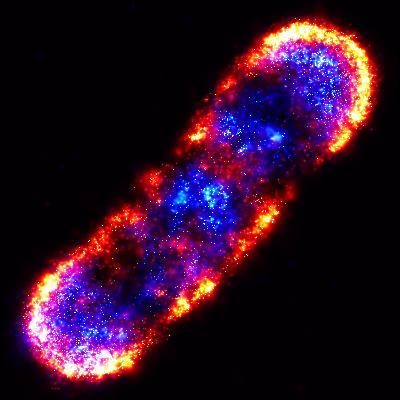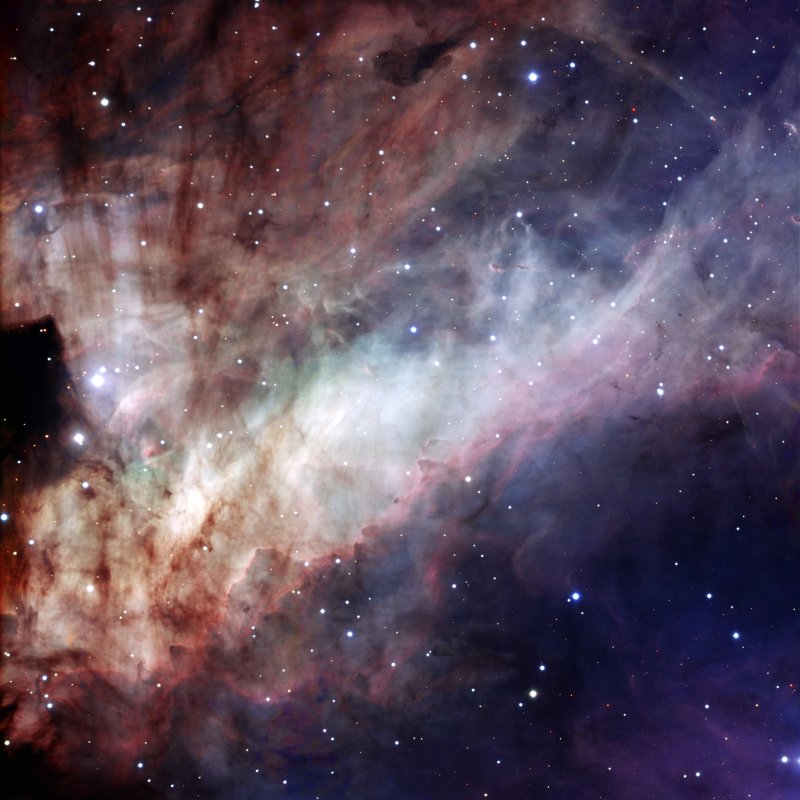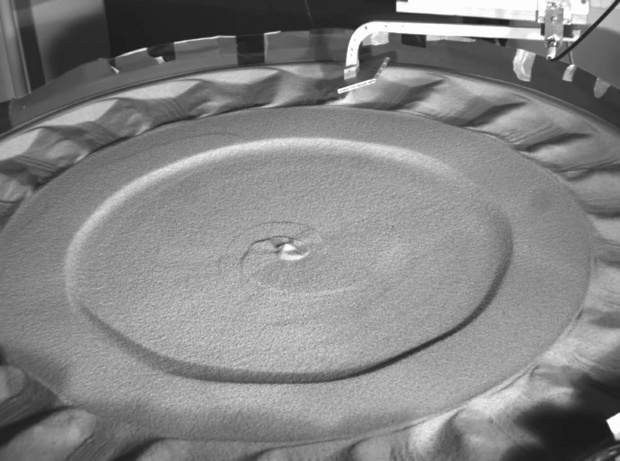Rising levels of smokestack emissions from oceangoing ships will cause an estimated 87,000 deaths worldwide each year by 2012 — so more than heat wave deaths in French elderly people in 2003 while French young people protested much fewer deaths in the American invasion of Iraq but far less than the nearly 15,000,000 who die annually from cancer.
And it's almost one-third higher than the previously claimed 60,000 deaths but, like many things in pollution-related deaths, accurate numbers are hard to pin down. You take some sample data and you extrapolate.
If nanotechnology has a dream future, it is self-assembling and self-organizing systems - something nature has been producing for millions of years.
A team of scientists has examined how thousands of bacterial membrane proteins are able to assemble into clusters that direct cell movement to select chemicals in their environment and they say their results provide valuable insight into how complex periodic patterns in biological systems can be generated and repaired.
The Swan Nebula, also called the Omega Nebula because when seen through a small telescope the nebula has a shape that reminds some observers of the final letter of the Greek alphabet, omega, while others see a swan with its distinctive long, curved neck, is a dazzling stellar nursery located about 5500 light-years away towards the constellation of Sagittarius (the Archer).
Don't feel left out, lawn games and crustaceans, it is also called the Horseshoe and the Lobster Nebula.
No matter its name, it is an active star-forming region of gas and dust about 15 light-years across and has recently spawned a cluster of massive, hot stars. The intense light and strong winds from these hulking infants have carved remarkable filigree structures in the gas and dust.
The Young People's Development Programme (YPDP) in England, a government-backed youth development pilot program aimed at reducing teenage pregnancies, drunkenness and cannabis use not only didn't reduce teenage pregnancies or drunkenness or marijuana use, it might actually have increased pregnancies, according to research led by Meg Wiggins of the Institute of Education, University of London and Chris Bonell at the London School of Hygiene and Tropical Medicine.
They were commissioned by the Department of Health to carry out an independent evaluation of the YPDP, which was initiated in 2004.
Any road with a loose surface like or gravel or snow can develop ripples that make driving a very shaky experience. A team of physicists from Canada, France and the United Kingdom have recreated this "washboard" phenomenon in the lab with surprising results: ripples appear even when the springy suspension of the car and the rolling shape of the wheel are eliminated. The discovery may smooth the way to designing improved suspension systems that eliminate the bumpy ride.
"The hopping of the wheel over the ripples turns out to be mathematically similar to skipping a stone over water," says University of Toronto physicist, Stephen Morris, a member of the research team.
The Amazon River has been around for 11 million years ago and in its shape for the last 2.4 million years ago, according to a study on two boreholes drilled in proximity of the mouth of the Amazon River by Petrobras, the national oil company of Brazil.
Until recently the Amazon Fan, a sediment column of around 10 kilometres in thickness, proved a hard nut to crack, and scientific drilling expeditions such as Ocean Drilling Program could only reach a fraction of it. Recent exploration efforts by Petrobras lifted the veil, and sedimentological and paleontological analysis on samples from two boreholes, one of which 4.5 kilometres below sea floor, now permit an insight into the history of both Amazon River and Fan.
 Study: Caloric Restriction In Humans And Aging
Study: Caloric Restriction In Humans And Aging Science Podcast Or Perish?
Science Podcast Or Perish? Type 2 Diabetes Medication Tirzepatide May Help Obese Type 1 Diabetics Also
Type 2 Diabetes Medication Tirzepatide May Help Obese Type 1 Diabetics Also Life May Be Found In Sea Spray Of Moons Orbiting Saturn Or Jupiter Next Year
Life May Be Found In Sea Spray Of Moons Orbiting Saturn Or Jupiter Next Year









